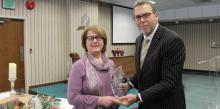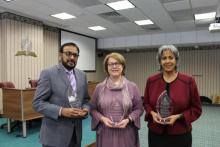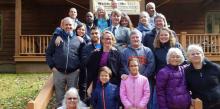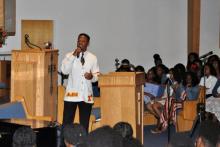News
Story by Celeste Ryan Blyden
During the fifth Columbia Union Notable Persons of Honor Awards, union leaders recognized various individuals who have exemplified not only strong leadership, but service to God and their fellow men and women.
“We pay tribute to them today for their steadfast, unwavering commitment to furthering God’s kingdom through living a life that exemplifies Christ by caring for and putting the needs of others first,” said Rob Vandeman, Columbia Union Executive Secretary.
Story by Columbia Union ASI Staff
The Columbia Union Adventist-laymen’s Services and Industries (CUASI) recently hosted their fall convention, themed “Launch 2018: Not Mine, But Yours,” at the Doubletree by Hilton in Columbia, Md.
“From the opening session, we cast an exciting vision forward to each session which spoke to God’s workings in the lives of His people. All in attendance were inspired and empowered to give God their best,” says Mark Brown, CUASI president. “We welcomed new members, engaged several young professionals and enjoyed a wonderful worship experience.”
 Story by Deaf Ministries Staff
Story by Deaf Ministries Staff
Deaf members from the Potomac Conference, New York, Arkansas, Missouri and Florida recently met at Camp Blue Ridge in Montebello, Va., for the annual Deaf Evangelistic Autumn Revival (DEAR). The DEAF company, that currently meets at the Burnt Mills church in Silver Spring, Md., sponsored the event.
Editorial by Daniel Cabezas
Me gustan las reuniones, los entrenamientos y los seminarios, donde hermanos y hermanas se reúnen para entrenar y entrenarse en el nombre de Dios. Estas actividades sirven para recargar mis baterías espirituales, hacer nuevos amigos y, lo mejor de todo, ver viejos amigos que no había visto en años. En este tipo de eventos, nota la inmensa variedad de culturas y nacionalidades que conforman nuestra
Iglesia Adventista del Séptimo Día, la conferencia de Nueva Jersey es un bello ejemplo.
Editorial by Daniel Cabezas
I like meetings and seminars, where brothers and sisters gather to train and be trained in the name of God. These activities serve to recharge my spiritual batteries, make new friends and see old friends. It is at these types of events that I notice the immense variety of cultures and nationalities that comprise the Seventh-day Adventist Church, the New Jersey Conference being a beautiful example.
As I write, 1 Peter 1:1 comes to mind. In it, Peter refers to men and women who had to distance themselves from their homeland, very similar to some of us who moved to this country looking for a better place to live.
Story by Jaymie Pottinger
At Allegheny East Conference's Pine Forge Academy (PFA), placing God at the
center of operations is the overall objective for the 2018–19 school year. It is for this reason the Religion Department, in collaboration with the Pine Forge church, intentionally planned a powerful and impactful back-to-school revival.

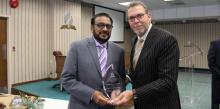
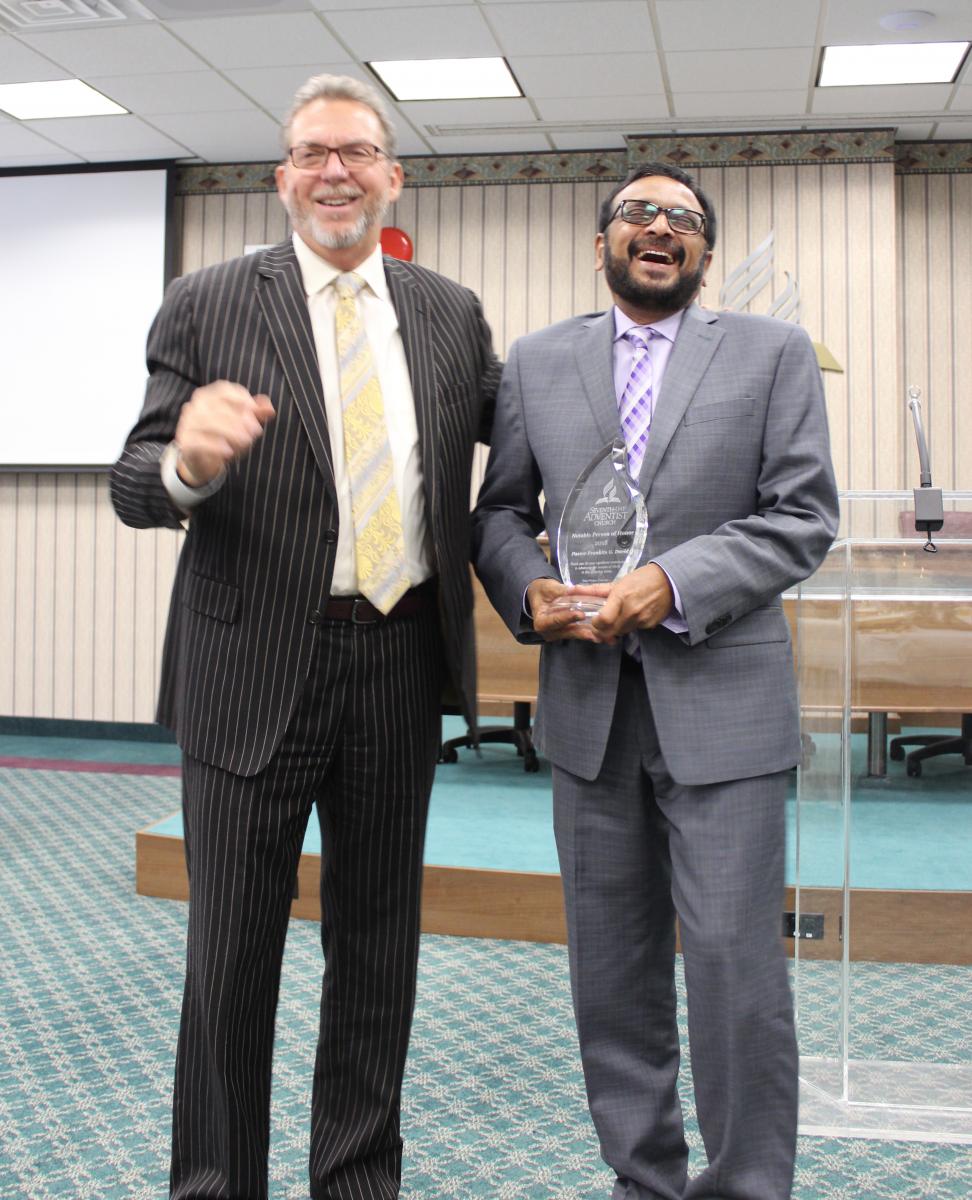 Story by Celeste Ryan Blyden
Story by Celeste Ryan Blyden